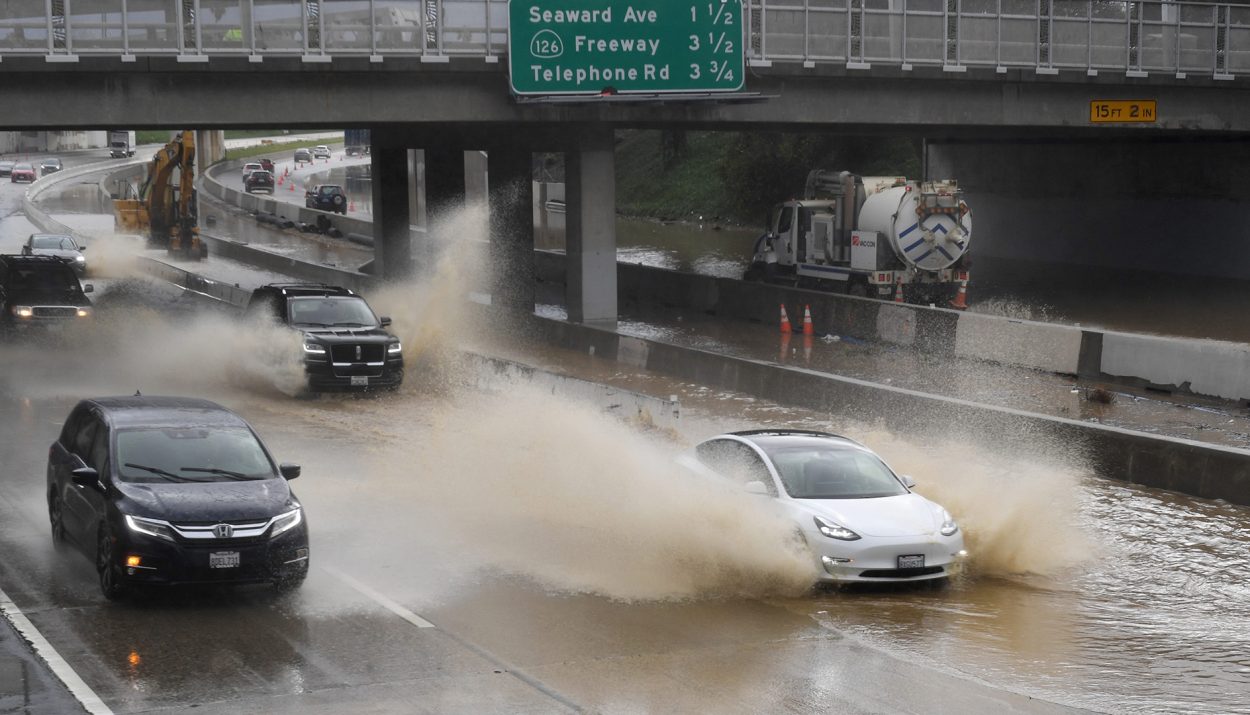California has been the subject of environmental concern for years. Between droughts, rampaging wildfires, and rain storms that hit suddenly and flood communities that had no way to prepare for them, the Golden State has seen more than its fair share of devastation.
Santa Barbara County Under Advisory
Santa Barbara County is the latest part of California to face formal warnings for weather. The county has been placed under an evacuation warning as of Sunday, given the rain that is set to hit the already-soaked region.
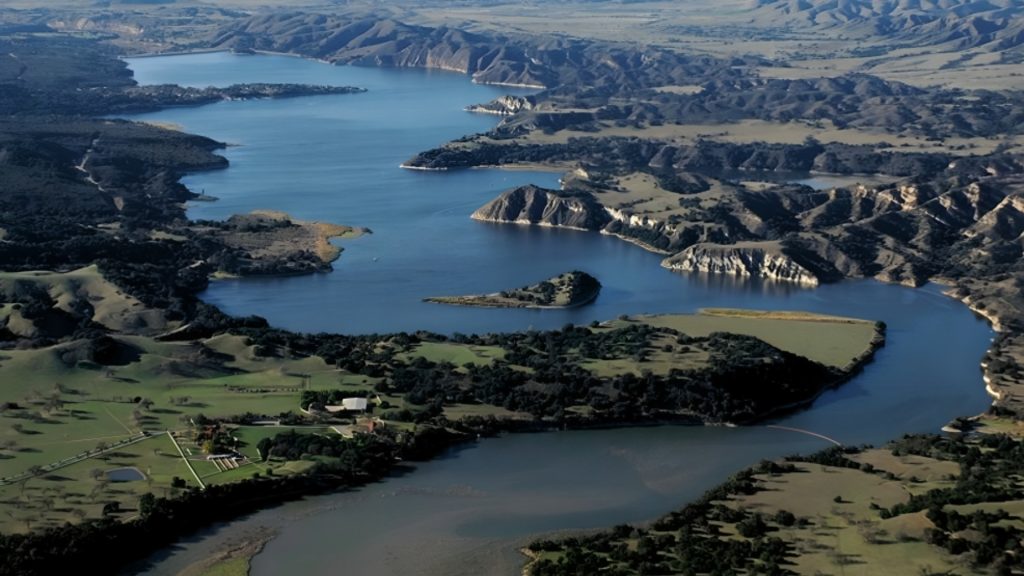
The county is not the only one under warning in California. Parts of four different counties are under flood watches, according to the national weather service. The warnings have focused particularly on burn areas and locations near rivers that are expected to swell with the storm.
Part of the Atmospheric River
The storm that has prompted the evacuation warning for Santa Barbara County is a continuation of the atmospheric river system that has hit California and the western United States particularly hard over the last month.
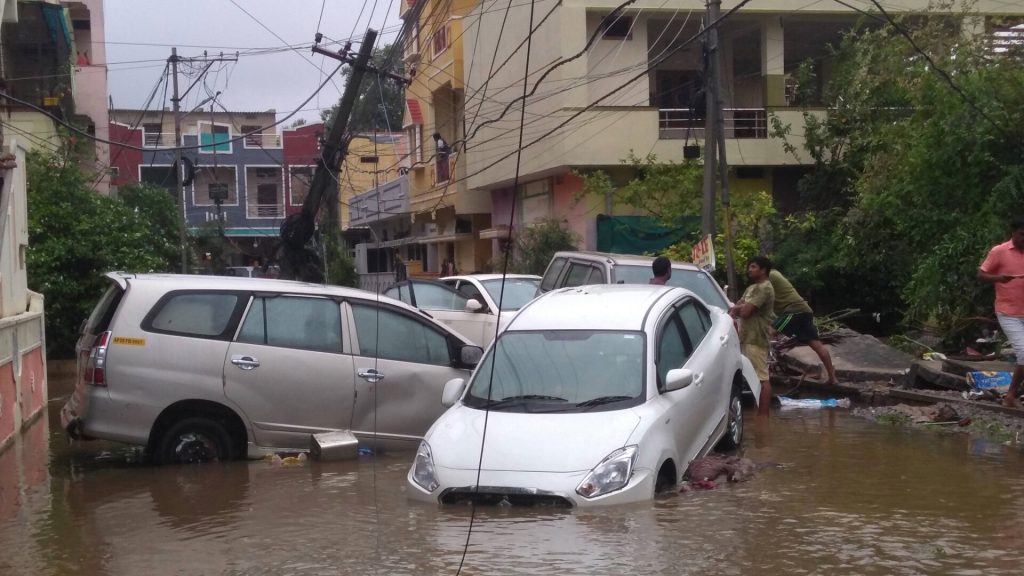
The NWS office in Los Angeles released a statement about the storm, stating, “This system has the potential to bring high impact weather and flooding concerns to the area through Tuesday evening.” Understandably, the warning and statement have Californians on high alert.
Massive Amounts of Water
The storm is predicted to bring up to eight inches of rain in the mountains, which could cause devastating mudslides. The lengthy drought that the state of California has faced over the last decade or so makes storms like this one particularly dangerous, as the environment and infrastructure of the state is not well-equipped to deal with it.

In particular, the storm is predicted to bring waves of up to 20 feet in Santa Barbara County. This projected outcome is the biggest reason why the county has seen itself under evacuation warning, to protect the thousands of people who live in the county.
Explaining Atmospheric Storms
An atmospheric river is a unique type of storm system. It consists of ribbons of water vapor that extends thousands of miles across the world, from the tropics to the western United States. Atmospheric rivers generally pick up water vapor from the warm, moist air of tropical regions, and then drops the water down over cooler regions as rain or snow.
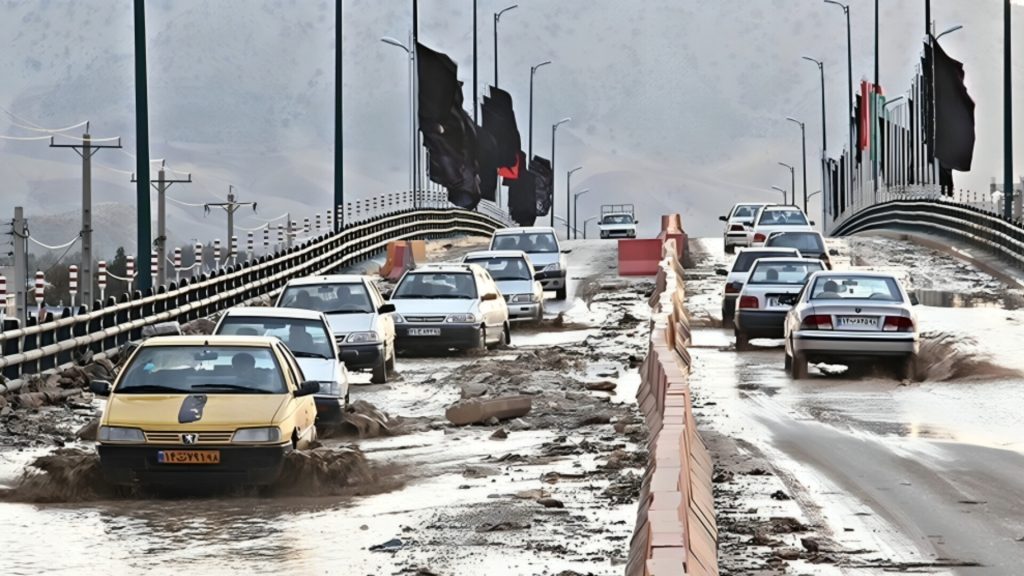
Atmospheric rivers are typically enormous storm systems, stretching anywhere from 250 to 375 miles wide. The current system has primarily hit California, but it has also touched some of the surrounding states with its water dump, including Oregon and Nevada.
Intense Storms for California
Atmospheric rivers historically have caused some of California’s most intense storms. The rain that fell on the state on Monday is nowhere near as intense or devastating as the storm that hit the state several weeks ago, but it still has brought a significant amount of water to the state.
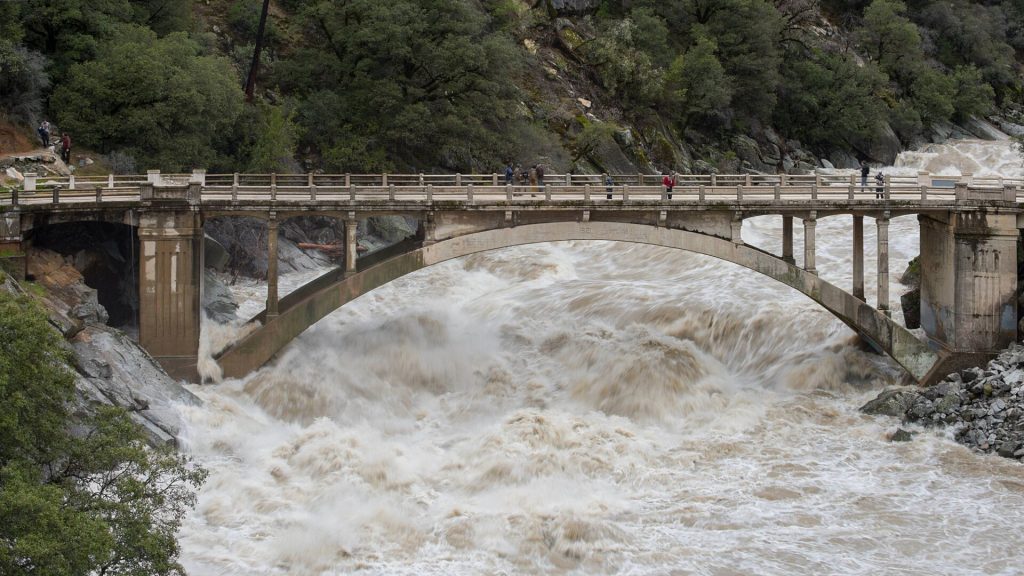
Likewise, the national weather service predicts that as much as 30% of the moisture that falls on the United States every year is dropped by atmospheric storm systems. As the world slowly grows warmer, scientists predict that these types of intense storm systems are only going to get bigger and more frequent.
Multiple Counties Affected
Santa Barbara County is not the only county that has been affected by the atmospheric storm. Just south of San Francisco, forecasters warned of a “land spout” type occurrence, which is essentially a weak tornado that is caused by the water spout of a storm touching land.
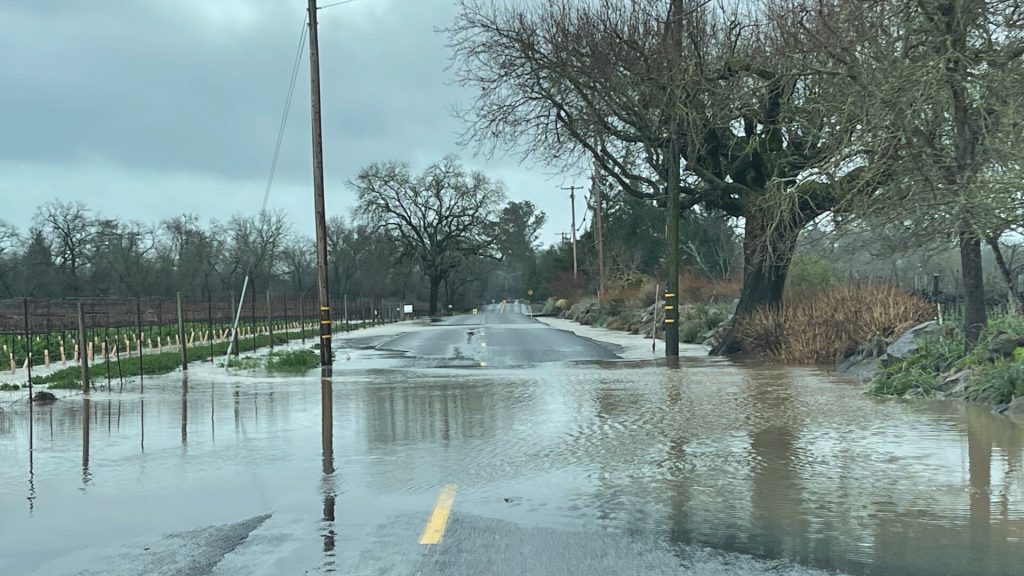
As much as 10 inches of rain fell on Ventura and Santa Barbara counties, with the highest totals being in the foothills of the mountains. The airport in Santa Barbara even shut down due to the storm, and it’s expected to remain closed until further notice, due to intense flooding in the airfield.
The Second Storm Hit Harder
Though this storm is not as intense as the one that hit the state several weeks ago, California has still been feeling the effects of the previous storm. The state was hammered with multiple inches of rain over days, and the unexpected water saturated the land of the state significantly.
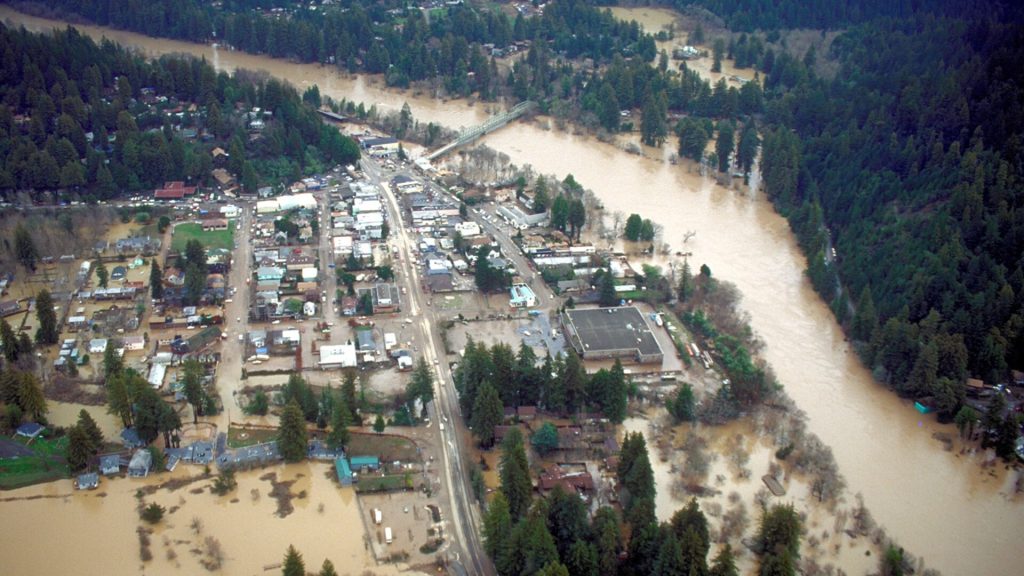
This means that, unfortunately, the new storm has had a significantly greater impact on the state. Where the first storm was factually larger, this storm has resulted in more mudslides and flooding, given that the water had nowhere to go.
A Tragedy as a Result of the Storm
News of the devastation from the storm is still rolling in as the storm dissipates. Various mudslides and floods have been reported as a result of the storm, and one woman was tragically found dead in Mission Creek.
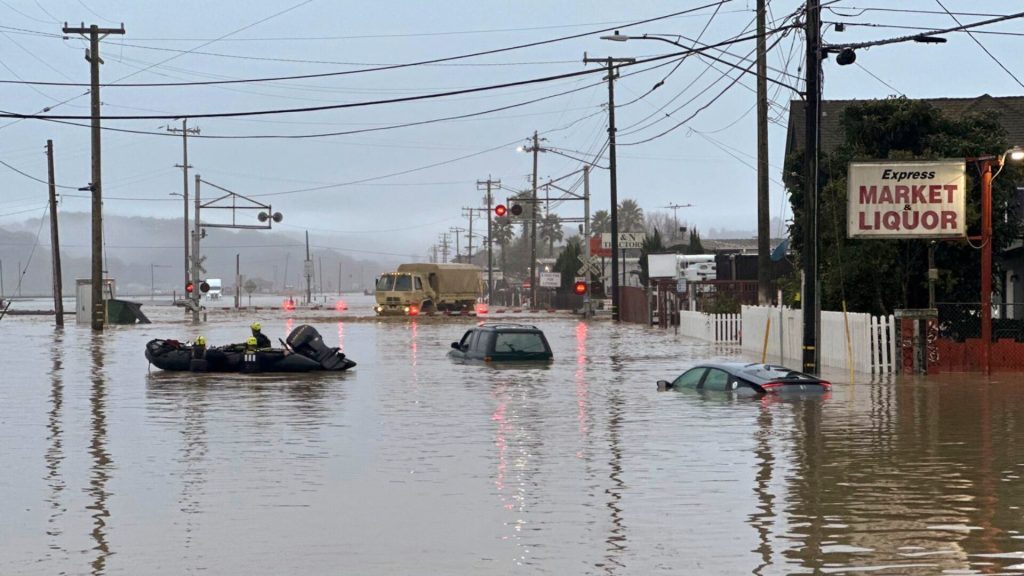
Police investigating have not confirmed whether the woman’s demise was a result of the storm. Given the amount of devastation that has hit the state as a result of the floods and water, though, it’s a safe assumption to make while the investigation is ongoing.
The Flood Warnings Fading
The evacuation and flood warnings in California will slowly lift over the next several days as the storm dissipates over the state. Communities have been warned by local officials to keep alert for new rain, and have been asked to stay in their homes, if at all possible.

Global warming will only make storms like the one that hit the western United States more common as the months and years go on. Fires, hurricanes, and floods have all gotten more intense over the last decade, and the trajectory doesn’t appear to be on a rod to stopping anytime soon.

